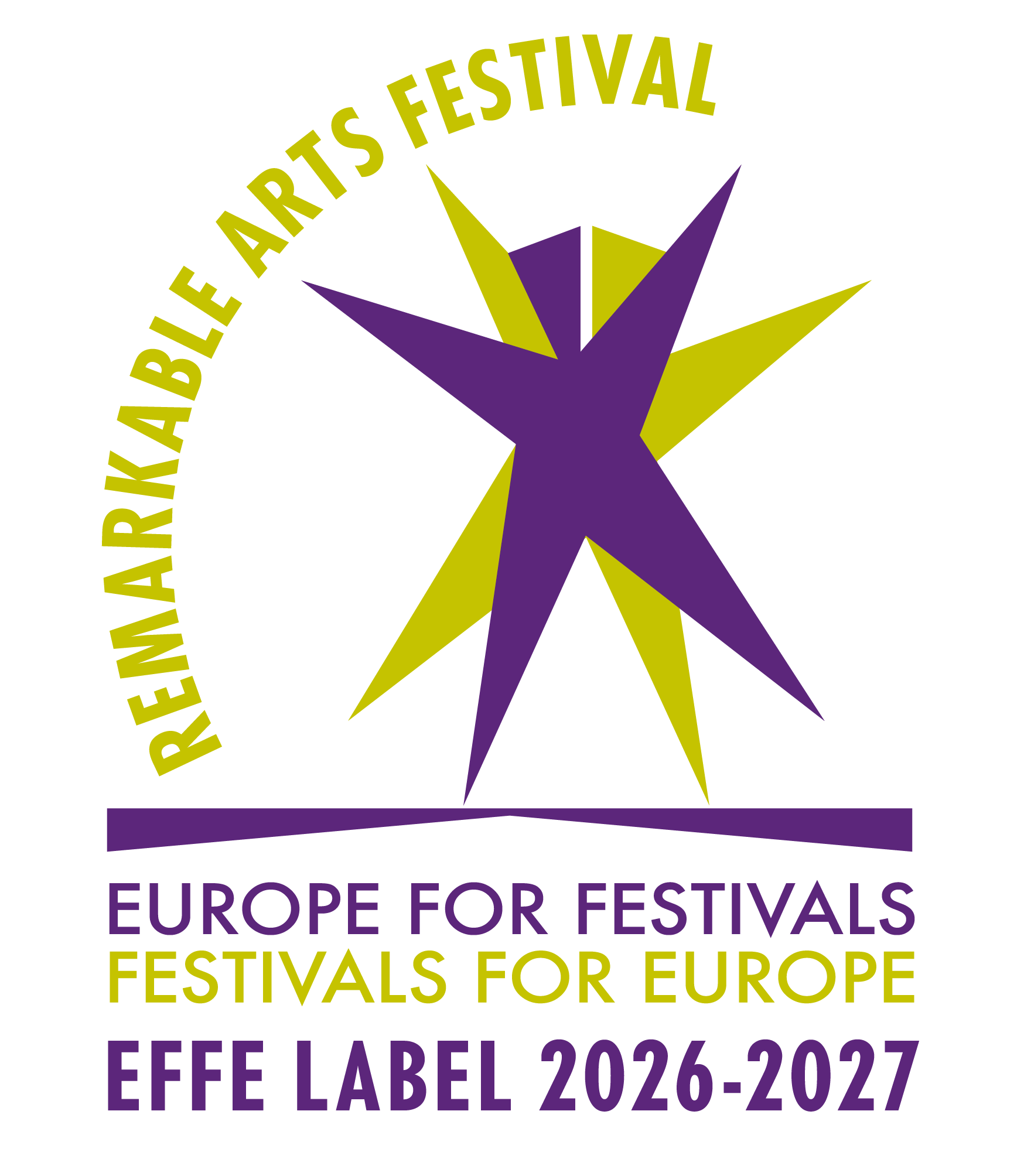East Asia – Form and tradition
CRISOL – creative processes | Project | Schedule | Videos | Africa – Community | East Mediterranean – Tradition and digital realities | East – Innovation and technology | Participants | Italian partners | International partners
All artistic disciplines develop in complex ways, pushed further by contrasting and opposite forces, in an irregular progression whose trajectory can be explained only in retrospect.
Amongst these forces, the tension between innovation and conservation is a constant pattern and, at its centre, lays “tradition”: what has been passed on to artists and they are expected to pass on; also what they crave to break free from, dismantle, tear down, rediscover, reinterpret, reinvent. In the context of dance, it is mainly “Form” (rather than “Content”) to be the vessel in which tradition is transmitted.
The cyclical, intermittent disposition towards Tradition and Form displays different features in different contexts: geographical, cultural, historical. One generation of dance artists can rebel against their Tradition for specific reasons, only to invert their direction later in their career. Dance artists from specific areas or cultural backgrounds may hold on to a certain Form as a statement, while others may feel squashed or hindered by the same Form.
The East Asia itinerary arose from the collaboration with five areas of eastern Asia: China, Hong Kong, India, Macau and Singapore, and involved 7 artists from diverse backgrounds and formation: Francesca Foscarini, Giovanfrancesco Giannini (Italy), Er Gao (China), Noel Pong (Hong Kong), Anindita Gosh (India), Albert Garcia (Macau), Jereh Leung (Singapore), followed by Fabrizio Massini and Giulia Poli (junior operators) and Antonella Cirigliano (Lis Lab / CROSS), Simonetta Pusceddu (Tersicorea / Med’Arte / Cortoindanza) and Maurizia Settembri (Fabbrica Europa).
Due to the pandemic and the consequent mobility block, the whole programme was remodelled in order to be carried out through online work sessions. While keeping the original objectives, times, ways and means and contents were altered to accommodate work undertaken by remote.
The itinerary focused on two key concepts: Tradition and Form. The two terms were chosen as the starting point of a common path, as the first two words in a “shared lexicon” through which to become acquainted, communicate without misunderstanding, reflect on the differences and points in common and lay the foundations for future co-creation projects.
This first stage was therefore structured in two plenary sessions opening and closing the work, followed by all participants in the project (artists, tutors, partners), six work sessions between artists and junior operators, and a stage for the creation of a collective video-choreography.
The work sessions were structured as follows:
– personal presentations: each artist had the chance to present his/her own artistic itinerary in the form s/he chose. Before the presentation, each participant sent out a selection of video material so that the group could view it independently in preparing the session. The presentations played a double role: firstly, they gave each participant an in-depth idea of the research and the artistic itinerary of the other artists; secondly, each participant learnt to describe his/her own itinerary (a fundamental aspect of a group so highly diversified as to cultures, itineraries, contexts, work conditions etc.).
– warm-up: each artist led the group in a 10-minute physical warm-up, compatibly with the space available. This way of working allowed each participant to share his/her own approach to dancing practically and directly. The use of the body in a situation of collective exercise, physical although mediated by the technological device, opened the discussion on the multiple fundamental issues at this moment in history.
– discussion on the topics selected: the junior tutor made available a variety of materials (articles, essays, podcasts) on certain key topics: creation and development of creative processes; the role of new technologies; intercultural exchange; contemporary aesthetic theories. The material was sent out in advance, in order to give the participants time to elaborate it before it was discussed collectively in the next session. The topics introduced in this way were by no means exhausted in a single session but were kept to make up a reserve of “transversal topics” that accompanied the whole process.
– feedback and discussion sessions: each session also included moments of collective feedback and discussion when the artists had the chance to exchange opinions, thoughts and comments. These feedback sessions allowed them to set up a dialogue, personal yet in-depth, overcoming the generic feature of “culture exchange” while delving deeply into multi-faceted issues of extreme complexity.
As a further event of remote experimentation on collaboration mediated by technological devices, the working group also produced a collective choreograph-video. At the end of the online sessions, each artist was asked to elaborate a choreography for a dancer, lasting at the most 2 minutes. After creating his/her own choreography, each artist taught it to a second artist and learnt the choreography of a third artist. On this “chain” model, each artist danced and filmed the choreography composed by another participant. All the video recordings were then assembled to form a ten-minute composition. This collective choreography-video, where authorship is diffused and shared among the participants, is a remote co-creation experiment.



